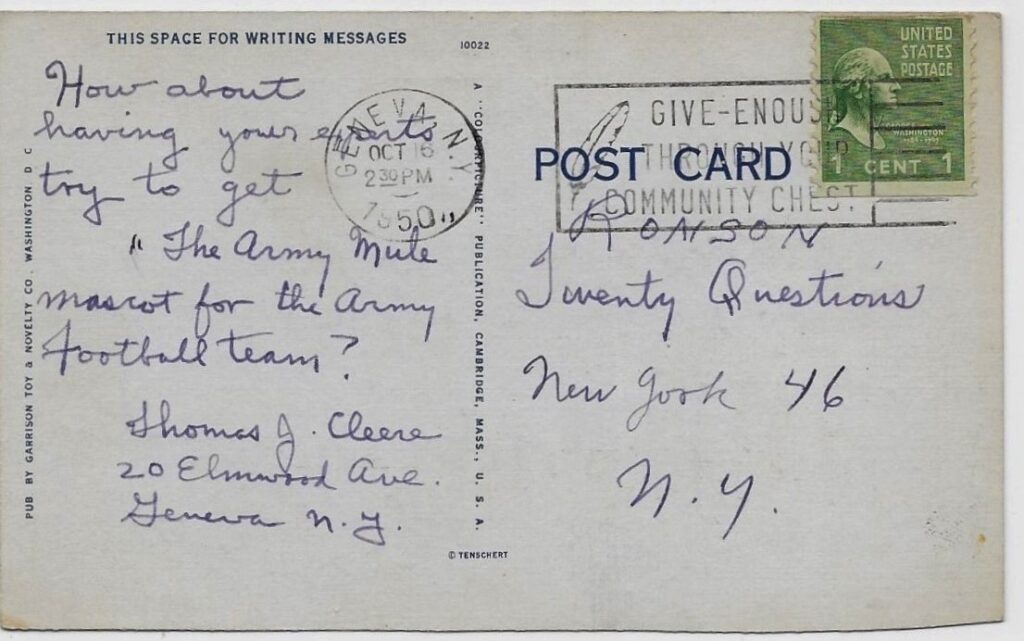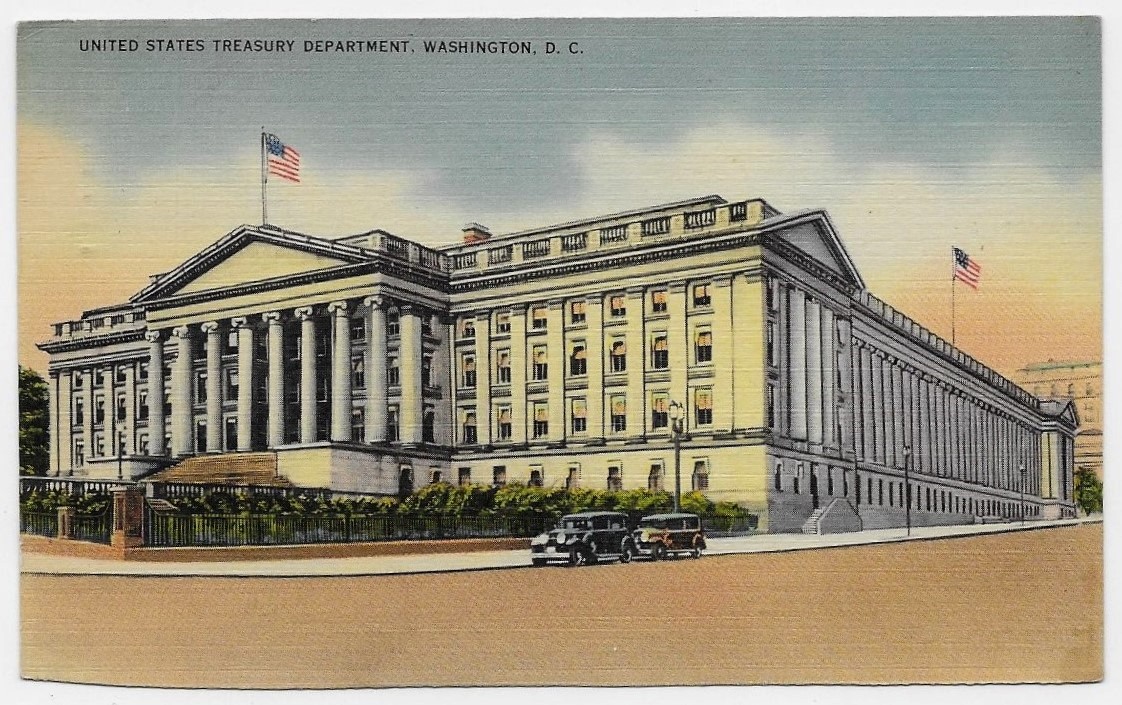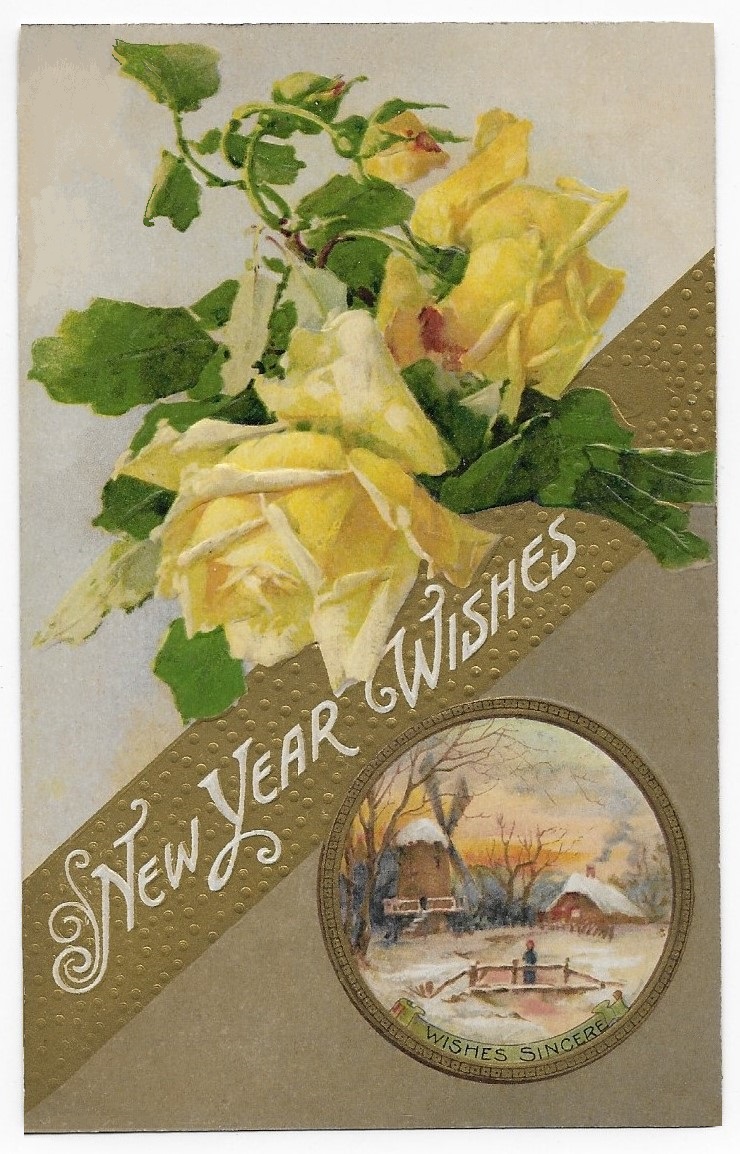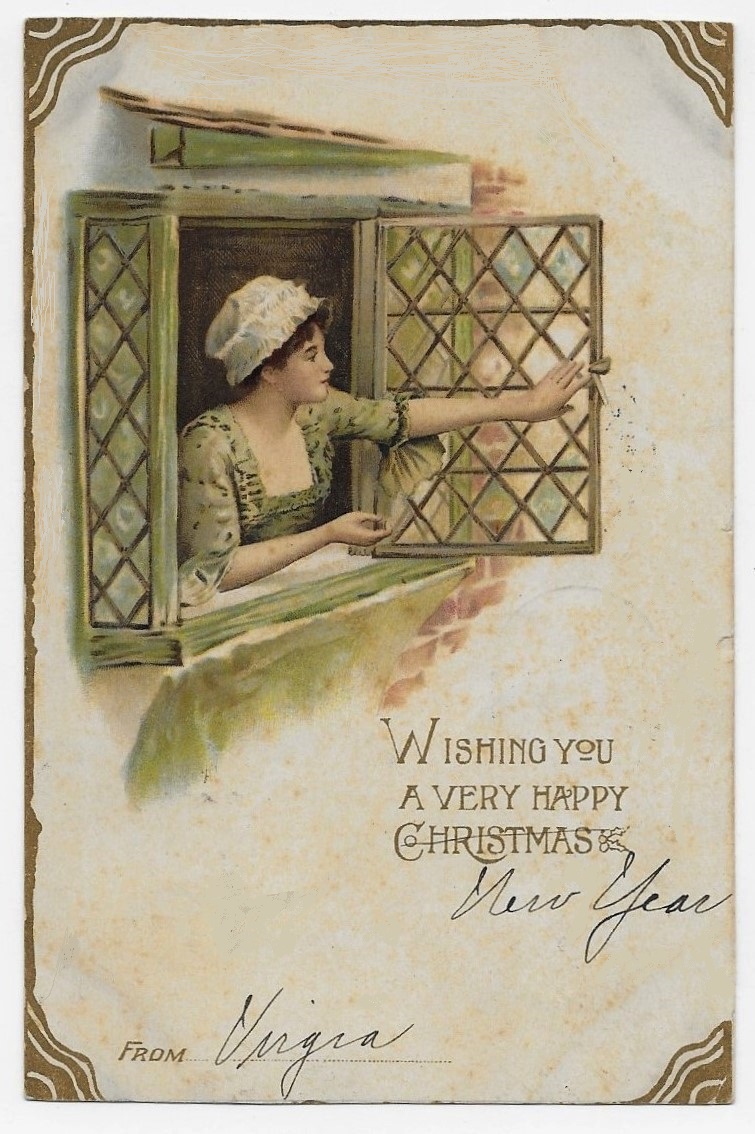Game Shows in which contestants competed for prizes became popular on radio (and, soon thereafter, television) in the late 1930’s.
The first radio game show, “Information Please” and the first TV game show, “Spelling Bee, both debuted in 1938.
In 1941, the first commercially-licensed TV Game Show, “Truth or Consequences”, was soon followed by the “CBS Quiz Show” in the same year.
Game Shows for low stakes became a staple of daytime television in the 1950’s, while higher-stakes game shows like “Twenty-One” and “The $64,000 Question” usually appeared in prime time.
https://en.wikipedia.org/wiki/Game_show
Alas, the popularity of the game show declined sharply in the late 1950’s after a series of scandals revealed that some episodes were “fixed” and some telegenic “winners” had been fed answers.
https://en.wikipedia.org/wiki/1950s_quiz_show_scandals
The popularity of “panel quiz shows” however, were not affected by scandal.
On TV shows like “What’s My Line” (1950-1867), “I’ve Got A Secret” (1952-1967), and “To Tell the Truth” (1956-1968, 1969-1978) a panel of celebrity contestants asked questions to discover some fact about a guest.
https://en.wikipedia.org/wiki/Panel_show
+ + + + + + + +
The panel game show, “Twenty Questions”, began as a radio broadcast of the century-old parlor game in 1946.
Broadcast from the Longacre Theatre on West 48th street in Manhattan, the show invited listeners to submit the name of an object which the panelists would try to identify by asking no more than 20 yes/no questions.
The show began with the radio host identifying the category as “Animal”. “Vegetable”, or “Mineral”.
Unlike other panel game shoes, “Twenty Questions” featured a panel of adults and teen-agers, all of whom were related to the producers of the show.
Because the show was performed before a live audience who could see the correct answer, panelists would sometimes have clues based on the amount of applause or cheering in the studio.
https://en.wikipedia.org/wiki/Twenty_Questions_(American_game_show)
+ + + + + + + +
Although the stakes were small (the winners whose suggestions stumped the panel received a subscription to “Pageant” magazine), many postcards were mailed to the sponsors.
From 1946 to 1951, the show was sponsored by Ronson Lighters – and this postcard with a suggested topic was addressed to “Ronson Twenty Questions”.
I am not sure how these millions of postcards submitted by listeners came into the public domain – but I purchased a half-dozen of them from dealers in vintage ephemera.
In October of 1950, Thomas Cleere of Geneva, NY submitted his suggestion to the game show.
The face of the postcard is a drawing of the “United States Treasury Department” in Washington D.C.
https://home.treasury.gov/about/history/the-treasury-building
Unfortunately, we do not know if the suggested topic, “The Army Mule mascot for the Army football team” was ever introduced on the show.





